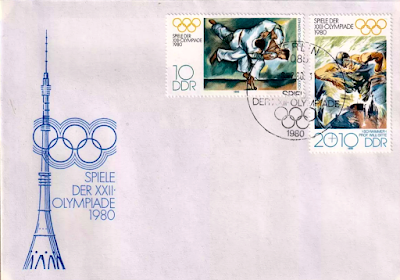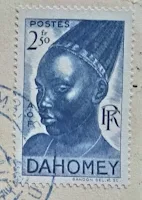The cachet on the envelope depicted the core conflict of the Scopes 'Monkey Trial' by illustrating "Evolution" on the left (showing early humans and fire) and "Creation" on the right (showing Adam and Eve in the Garden of Eden).
High school teacher, John T. Scopes, was accused of violating the Butler Act, a Tennessee state law which outlawed the teaching of human evolution in public schools. The trial was deliberately staged in order to attract publicity to the small town of Dayton, Tennessee, where it was held. Scopes was unsure whether he had ever actually taught evolution, but he incriminated himself deliberately so the case could have a defendant. Scopes was represented by the American Civil Liberties Union, which had offered to defend anyone accused of violating the Butler Act in an effort to challenge the constitutionality of the law.
Scopes was found guilty and was fined $100 (equivalent to $1,800 in 2024), but the verdict was overturned on a technicality.
William Jennings Bryan elicited mixed views during his lifetime and his legacy remains debated amongst historians. That said, many recognise he played a major role in shaping U.S. public policies for more than 40 years. Known as “The Great Commoner,” William Jennings Bryan is remembered for his impassioned speeches on a variety of topics, including anti-trust, anti-imperialism, prohibition, populism, and trust-busting.
He is best known for his role in the Scopes Trial, hence the cachet design. Since his death in 1925 -- a week after the trial and in Dayton (Tennessee), incidentally -- scholars have warmed to his motives, if not his actions in the Scopes Trial because he rejected eugenics, a practice that many evolutionists of the 1920s favoured.
Source: Wikipedia and Mystic Stamps

























